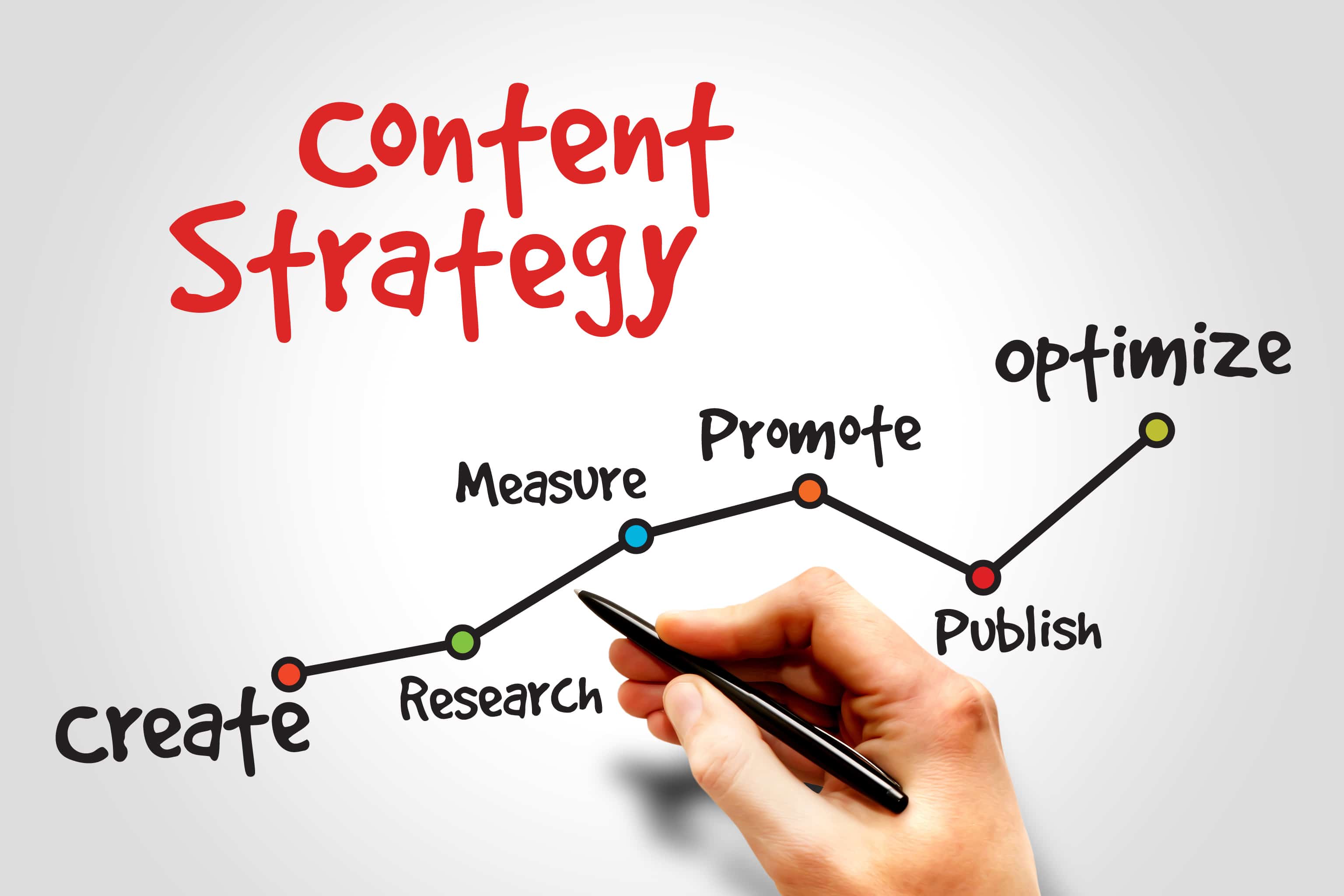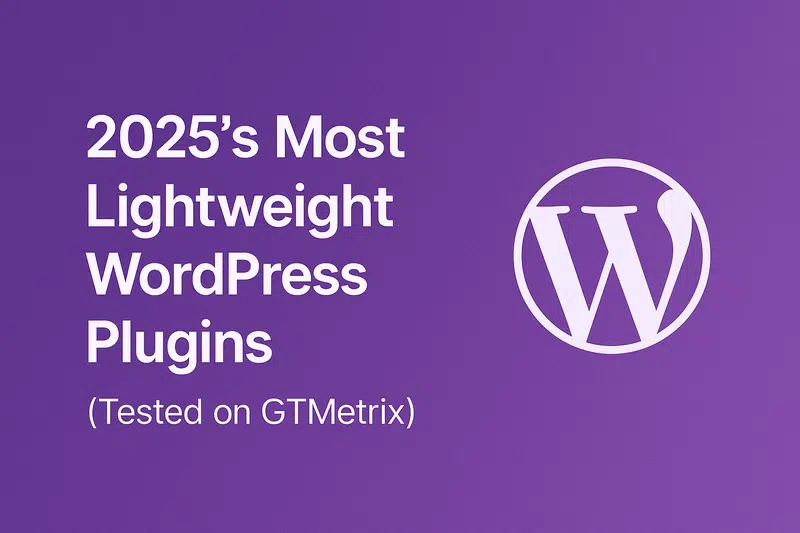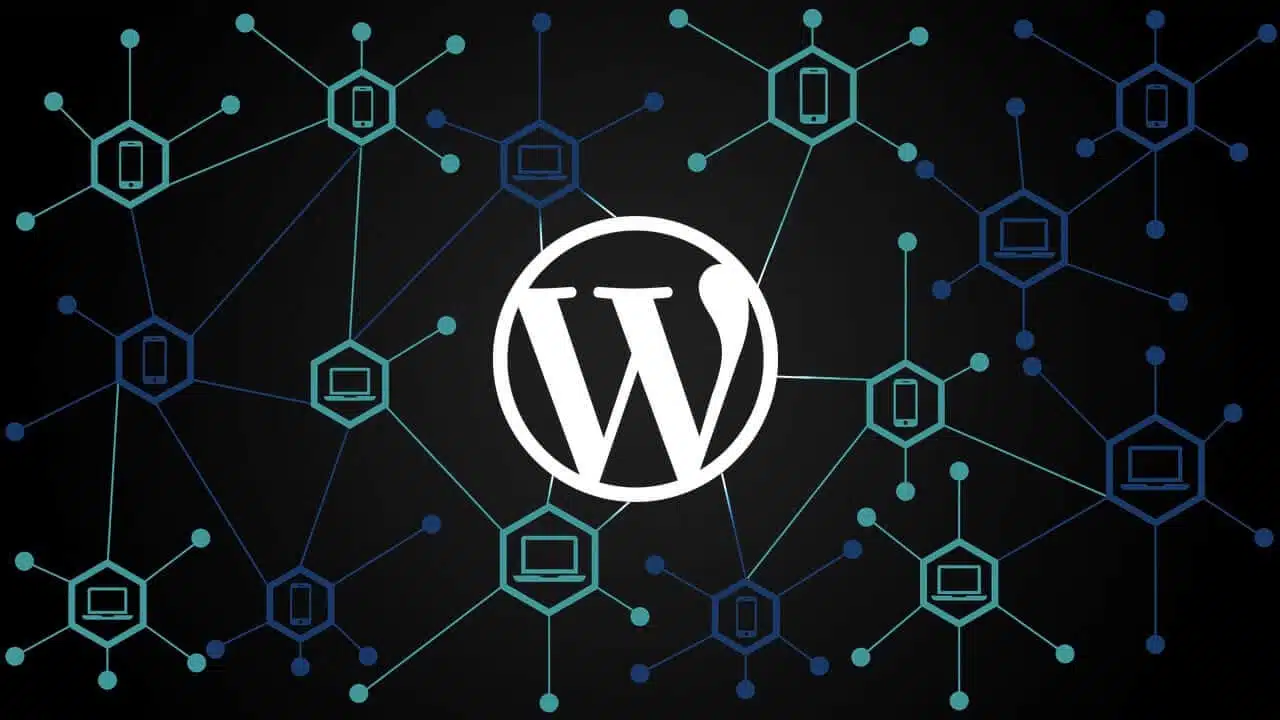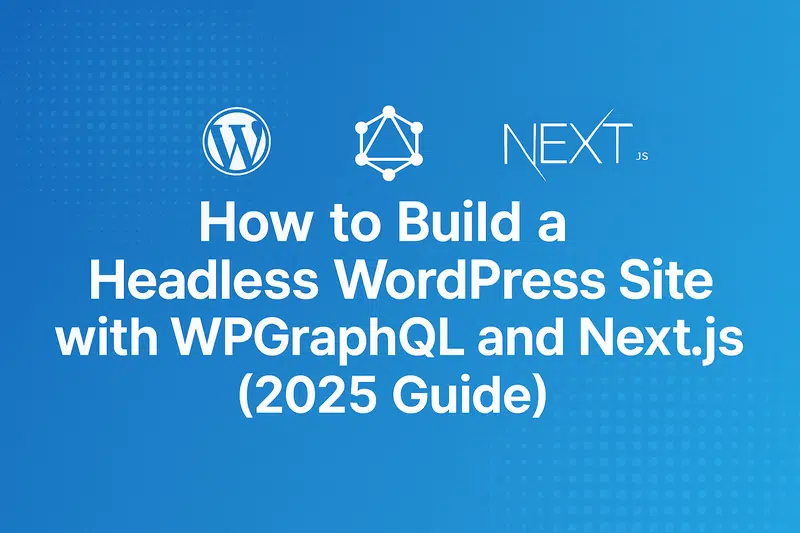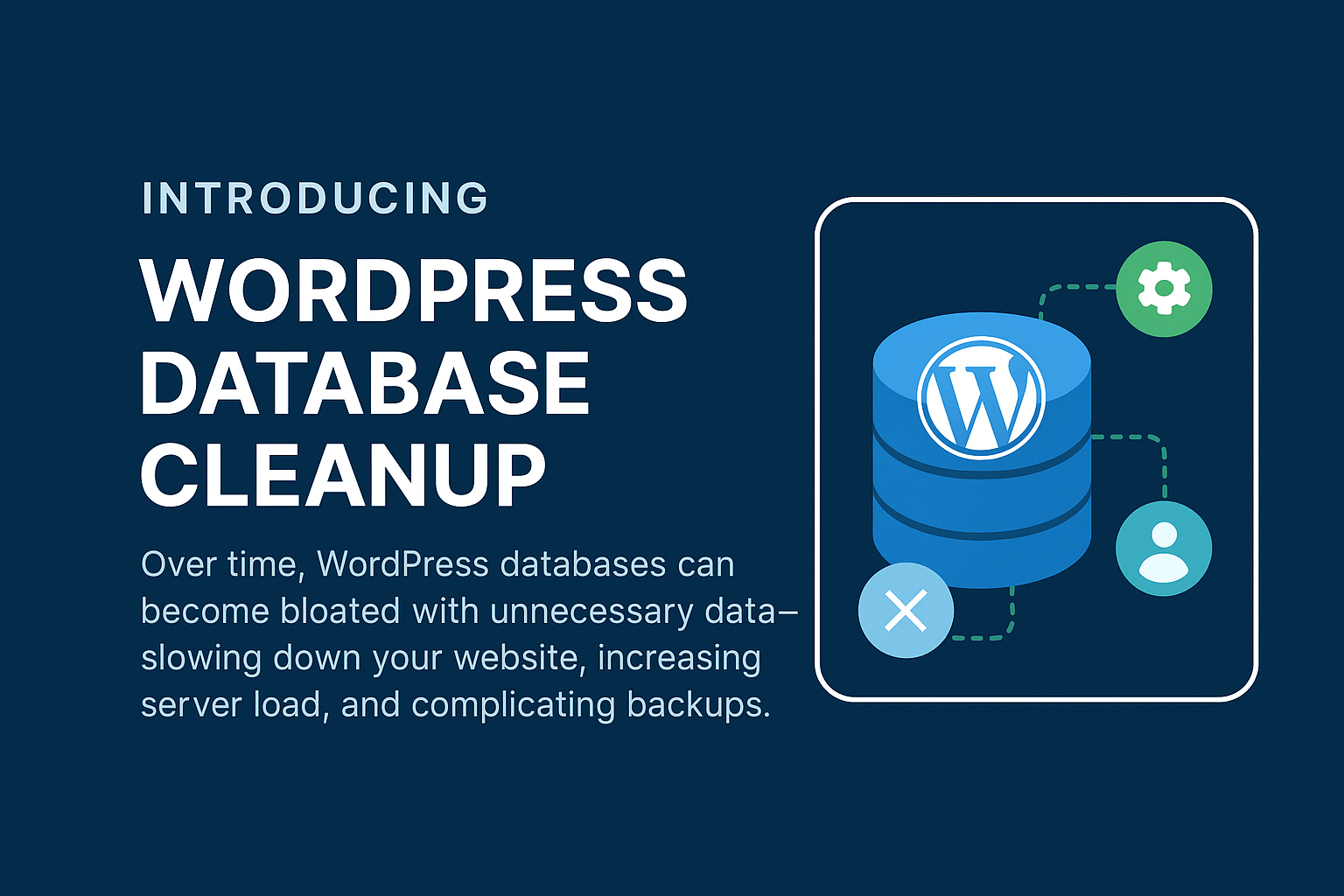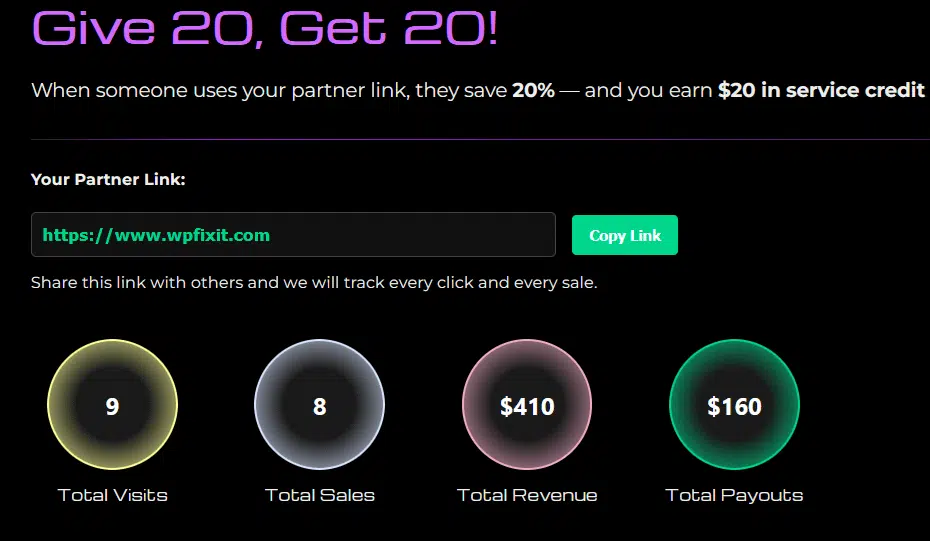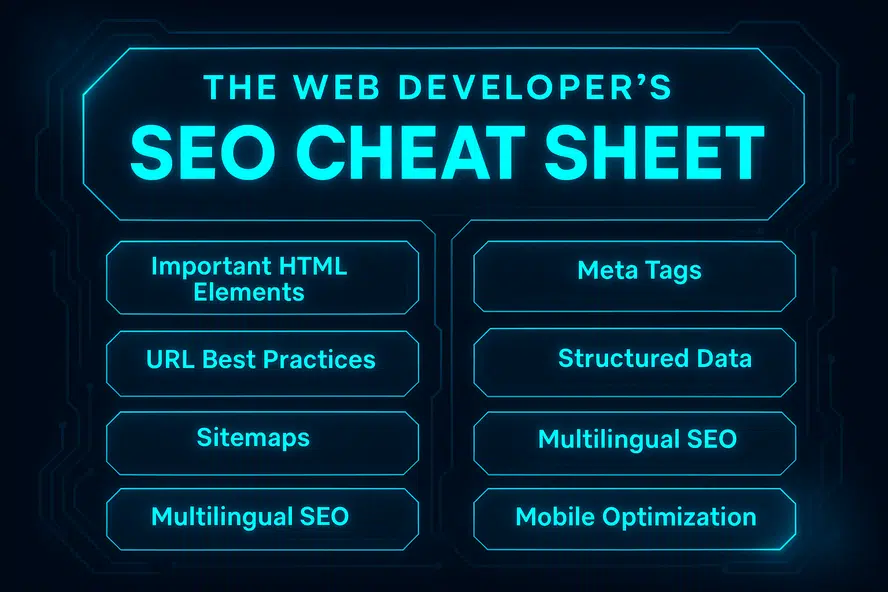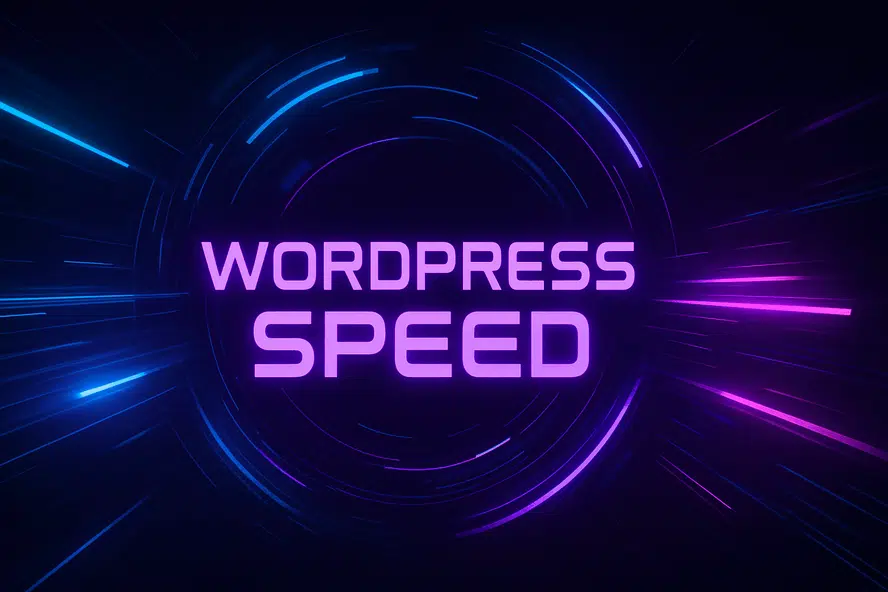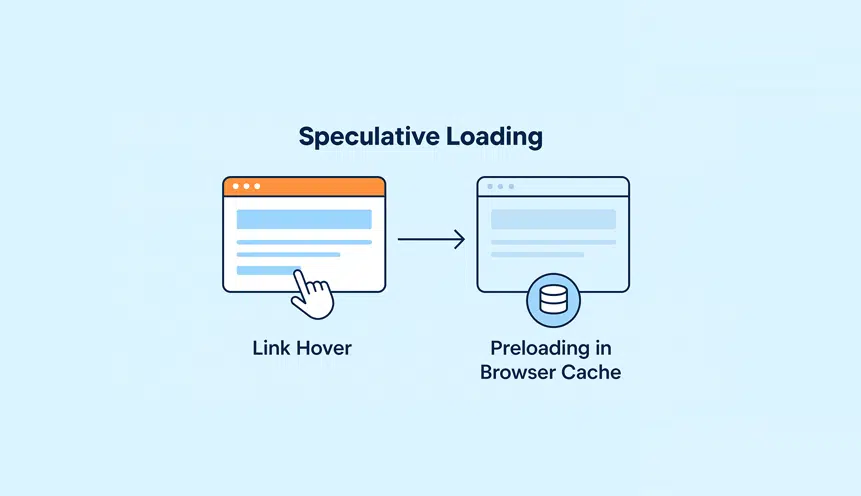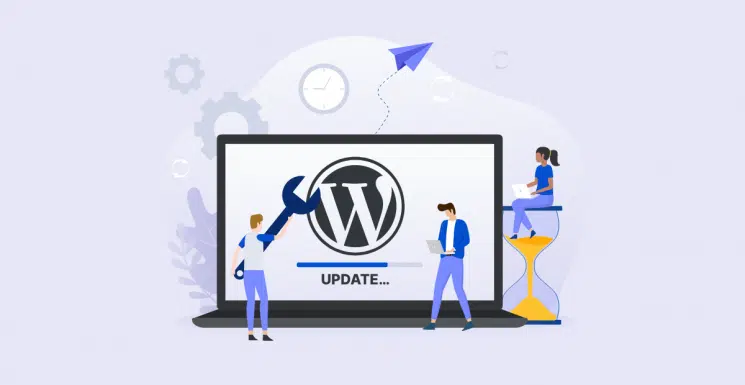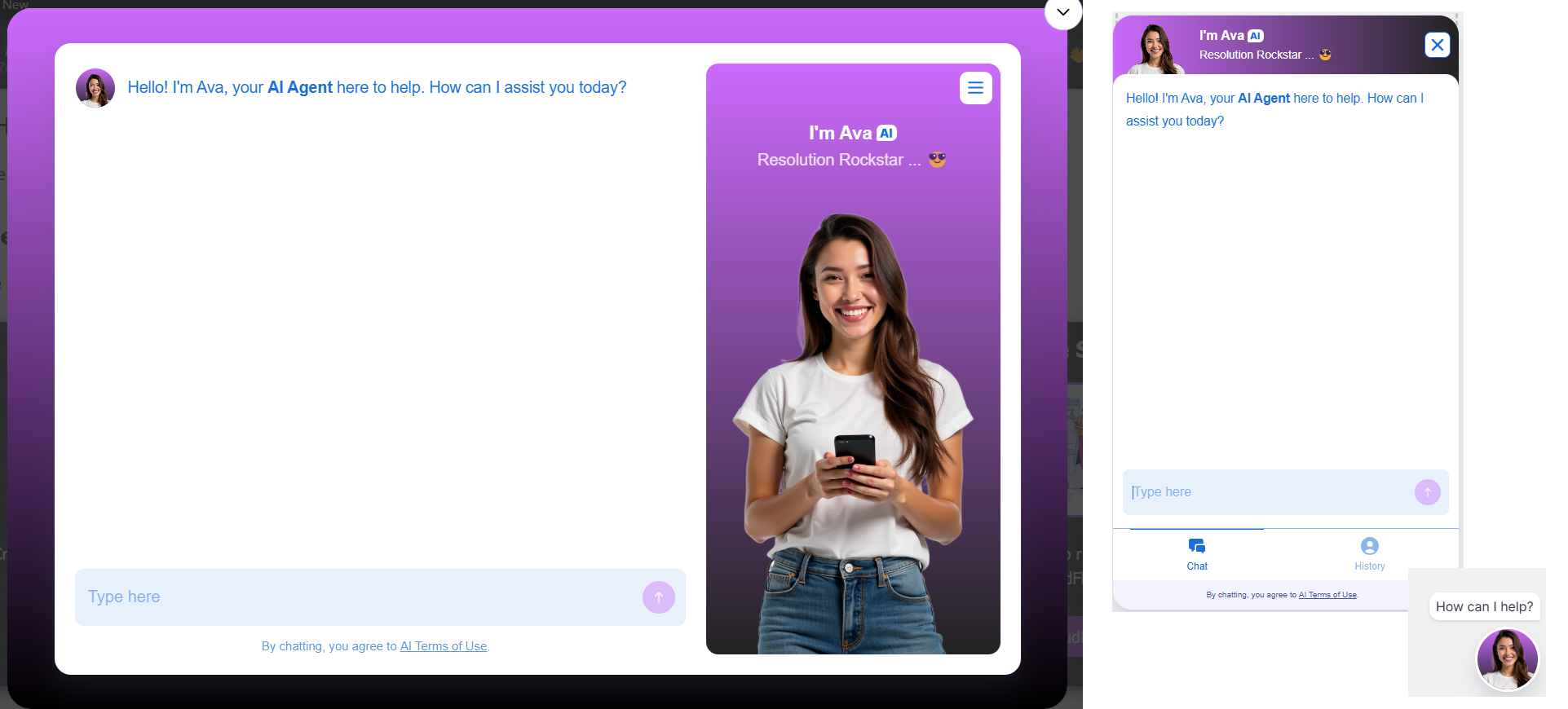How To Build An Effective WordPress Content Strategy
Having an effective content strategy is one of the most important aspects of a successful WordPress website. You need to know everything from who your target audience is to when you will be publishing your content.

But to know all of this, you need to have a concrete plan ready. Hence, here’s how to build an effective content strategy for your WordPress website which will attract more traffic and generate high conversion rates.
What Is A Content Strategy and Why Do You Need It?
Just like many other types of digital marketing, content marketing plays a huge role for the success of your website. But to make your content marketing successful, you need to have a content strategy planned out which will help you coordinate your content-marketing-related actions and execute your tasks properly.
So, essentially, a content strategy is a plan that helps you organize your content marketing activities. A content strategy takes into account everything from who your target audience is to the channels you use for publishing content to the way you track the performance of your content. In other words, it covers pretty much every aspect of content marketing. Here’s how you can create one of your own:
#1 Set Goals and Expectations
First of all, you must set realistic goals and expectations for your content strategy. When you know your goals and expectations, you will know what you want to do. Moreover, goals and expectations are meant to help you and your team get motivated and inspired to create the best content you can for your WordPress website.
Working with content doesn’t necessarily mean that you should only focus on SEO-related aims. In fact, your goals and expectations can include anything from lead generation and nurturing to customer retention and loyalty. Think about your sales and conversions, engagement and brand awareness, upselling and cross-selling, and so much more.
One thing to remember is that you don’t necessarily have to stick to your goals and expectations that you set from the beginning. As you learn more and more about what works specifically for your brand and website, you can adjust your content marketing strategy according which means you can also change your goals and expectations.
#2 Research, Research, Research
Once you have your goals and expectations in place, you need to focus on research. There is so much that you should learn about before you start creating content, so it’s better that you start with research as soon as possible. In fact, you can start researching while setting goals and expectations so you can use your findings for setting these very goals.
After the completion of your research, you need to be able to create certain elements for your content strategy. First, you need to know which keywords you will be using. Second, you need to be able to create marketing personas that you can later use for segmenting your target audience. Third, you need to analyze the market to understand who your competitors are and what they are doing.
To find the right keywords, use keyword research tools, Google Trends, and other tools to aid you in your research. To create marketing (or customer) personas, collect as much information about your target audience as possible and then use segmentation. To analyze the market and your competitors, use relevant tools and consider getting an expert consultation.
#3 Pick What You Want to Focus On
Now that you have completed your research and you have some kind of knowledge base or foundation for your content strategy, you need to pick what you want to focus on. Picking a particular focus will help you streamline your workflow and work more with a certain type of content format.
For example, you may want to publish more articles and blog posts as opposed to infographics and graphs. Depending on the format type you pick, you will be reaching certain segments of your target audience more than others. Social media posts will obviously be targeting your social media audience while YouTube videos will target the YouTube segment. Try to pick format types based on your research and goals and expectations.
So, which content format types are there to choose from? Here are some of the most popular ones to start from:
- Blog Posts and Articles: These can be posted both on your blog or website and on other platforms such as social media platforms of email newsletters. In other words, there are two very versatile format types.
- Social Media Posts: These can only be posted on social media platforms, but each platform has its own sub-formats (e.g. Instagram which lets you post photos or videos with captions as well as Instagram Stories).
- Images and Illustrations: These can be used on multiple platforms both as separate piece of content and to accompany other content (e.g. blog posts and social media posts stand out more when they have images).
- White Papers, Case Studies, and Surveys: This kind of original research won’t appeal to everyone, but it can be both interesting to some segments of your audience and can aid you in establishing an authoritative reputation in your industry.
- Infographics, Graphs, and Pie Charts: Like images and illustrations, these can be used as accompanying pieces of content, but they are also valuable for their ability to combine text with visuals which is why they can be used as individual content.
- Videos and Animations: These can be posted only on YouTube or only on social media or only on your website. Alternatively, you can post them on multiple platforms and combine them with other types of content (e.g. blog posts).
- E-Books and Presentations: These can be offered as premium content or, on the contrary, as free (but still special) content.
- Webinars and Online Training Sessions: These can also be offered as premium content and used for educating your target audience.
- Quizzes and Polls: These can be a fun piece of content for your audience that can be easily shared.
- Podcasts, Checklists, Newsletters, etc.: These format types and others differ in their use but they can all be used in different ways and on different platforms.
#4 Create Your Unique Brand Voice
Developing your own unique brand voice is one of the most important things for your brand image. If your brand voice feels like something corporate, your target audience will be less likely to connect with your content which means your content strategy won’t be as effective as you would like it to be.
As Gordon Ripley from the custom writing reviews site Best Writers Online says, “You don’t necessarily need to be all friendly and polite all the time. There are some brands (like Wendy’s) that have a sarcastic and sassy brand voice – and that’s what makes them so appealing. You need to find your own unique brand voice to better connect with your particular target audience. But choose carefully and test it out first.”
To create your unique brand voice, think about the values your brand stands for and the kind of image you want your brand to have. Your brand image will directly be related to your target audience which, in turn, will influence your brand voice. In other words, it all starts with the most basic features of what your brand or business is and then you can work up to defining what you want your brand voice to be.
#5 Organize A Posting Schedule
Before you actually start posting, you need to organize everything you do by creating a posting schedule that you can follow. It should be realistic and should take into account your abilities and resources. Because if you don’t have the right things to follow this schedule, it will simply be of no use to you.
Think about the time when your target audience is the most active. Posting during such hours will help you reach the biggest number of users. Think about how big your team is and how fast it can create high-quality content. Remember to always put quality over quantity – this will ensure that you always create only the content that brings value to your audience. If you create a lot of low-quality content, you can end up with a pretty bad reputation.
At the beginning stages of your content marketing campaign, you can start by posting as often as possible while still maintaining the quality you want your content to have. Then, once you already have good search rankings and your website is getting enough traffic, you can slow down a little and set up a posting schedule for maintain these numbers. Getting that initial kickstart is essential for having a successful content strategy, but having a consistent posting schedule after that is crucial in the long run.
#6 Use A Variety of Channels
Once you do start publishing content, you should still remember one more thing – you should use a variety of channels for publishing content. Sticking to a single channel will prevent you from reaching every segment of your target audience which means you will not have as successful a content strategy as you would probably like to have.
Of course, your choice of channels will largely depend on your choice of format types. However, you can still post certain types of content to multiple channels. If you decide to have a content strategy that focuses both on your WordPress website and your social media profiles, you can cross-promote the two. You can also post videos on multiple channels including the website, YouTube, social media profiles, and others.
Obviously, there can be as many channels as you want, but you should always remember that they need to be tied to your WordPress website. Here are some channels you can use and the way you can connect the content posted on them to your website:
- Social Media Profiles: Your social media brand profiles can help you find an online follower base which will help you promote your website on social media as much as with the help of search engine optimization.
- Email Newsletters: Email newsletters let you reach your target audience (or at least some segments of it) directly by sending your subscribers the content they are interested in and directing them to your website.
- Ad Campaigns: Though ads are not always included as part of content marketing, they are actually still a type of content which is why you should use ad campaigns to promote your website.
- Guest Blogging: Instead of only posting on your blog and website, consider guest blogging on other sites which will help you attract segments of your audience from other websites similar to yours.
- YouTube: Like social media, YouTube can help you find an online follower base, but it’s important to understand that it’s different from other social media platforms which is why you will need to approach it differently.
#7 Track Content Performance
Last but not least, the last thing you should do to make your content strategy work is track content performance. You should do this regularly to understand which content performs well and which doesn’t.
Such performance tracking and analysis will help you understand which changes you should make in the future to get even more outstanding results from your content. Likewise, if you want to make a huge change in your content strategy, the best thing you can do is first test out the change on a smaller scale and analyze the performance of this new piece of content.
One of the best ways for tracking content performance are the ones already in your possession. Google Analytics can provide you with very accurate metrics while social media-specific features can also aid you (such as Instagram Insights or YouTube Studio). You can also install various plugins on your WordPress website that will provide you with additional analytics and will help you get even more insight into the performance of your site.
Final Thoughts
To sum up, creating your own effective content strategy can be one of the most difficult tasks for you – but it can also be relatively easy if you know what you are doing. Use the tips from this article to help you plan all of your content-related activities and create the best content strategy for your WordPress website.


